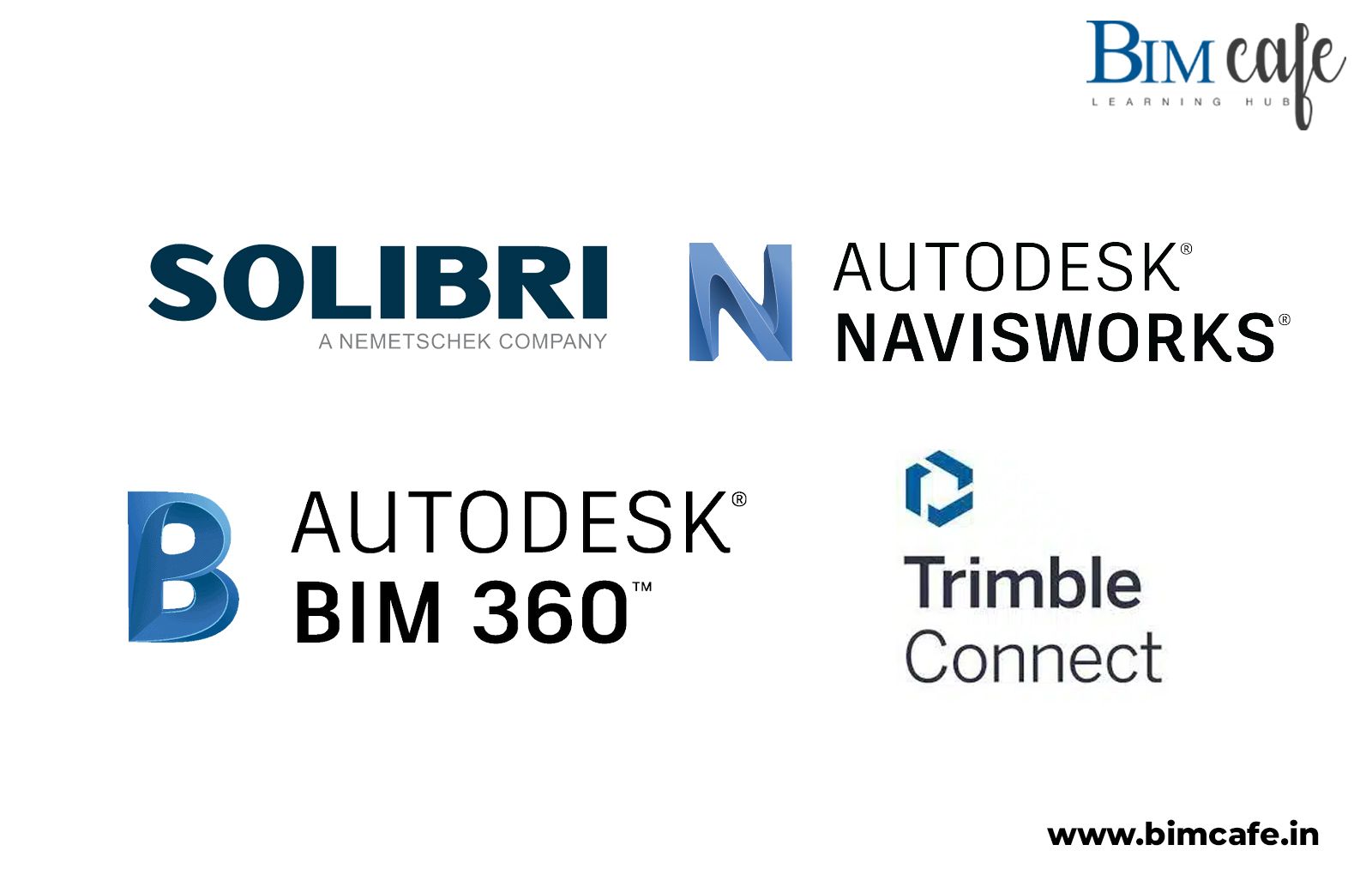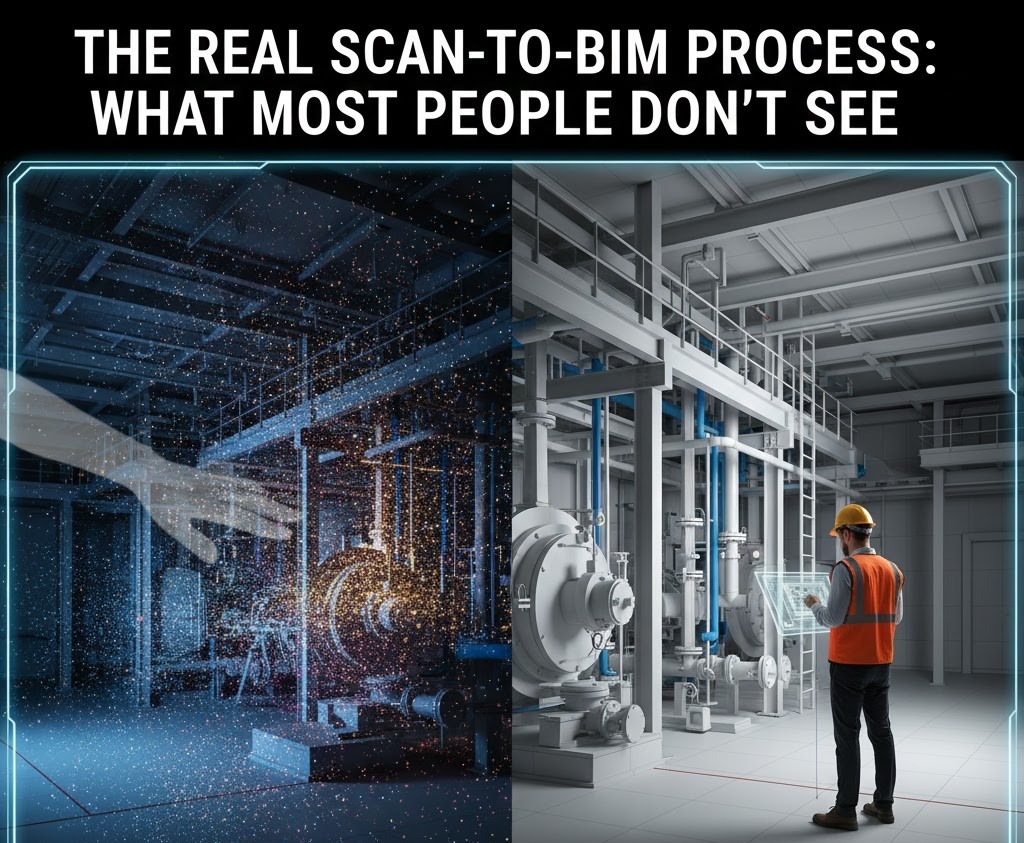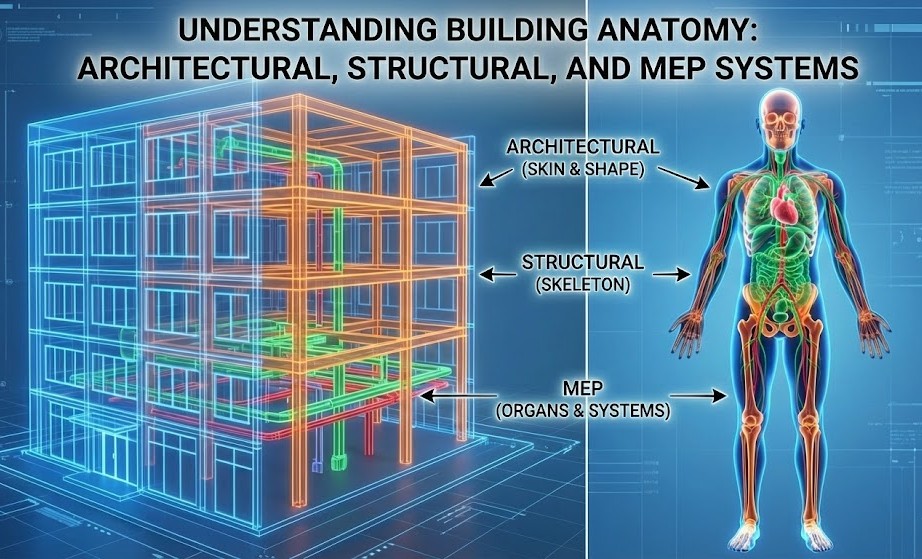
Author: Devika R
April 18, 2025
5 min read
In the fast-paced world of architecture, engineering, and construction (AEC), collaboration is no longer a luxury—it’s a necessity. As construction projects become increasingly complex, dispersed, and time-sensitive, the industry is turning to BIM Collaboration to streamline operations, foster coordination, and improve outcomes. Building Information Modelling (BIM) is no longer just about 3D models; it’s about unlocking a new realm of possibility through digital integration and real-time teamwork. In this blog, we’ll explore how BIM in construction is reshaping modern workflows, why BIM for project coordination is essential for success, and how adopting a collaborative approach can enhance overall project efficiency.
What is BIM Collaboration?
BIM Collaboration is a digital approach that brings together all project stakeholders, architects, engineers, and contractors into a unified, shared workspace. By integrating multi-dimensional data, it enables seamless information flow and fosters efficient, coordinated project management. Collaborative workflows ensure all team members access the latest design updates, reducing errors and costly reworks. This transparency not only enhances communication but also builds a culture of shared responsibility and innovation.
The Role of BIM in Construction Today

Building Information Modelling (BIM) plays a vital role in today’s construction landscape by serving as a centralized digital hub where teams collaborate using real-time data. It enhances project transparency, streamlines communication, and supports informed decision-making across all stages of the construction lifecycle.
Here are the key ways BIM contributes to modern construction:
- Centralized Data Access: BIM serves as a unified source of truth, giving all project participants access to up-to-date information. This minimizes data duplication and keeps everyone aligned throughout the project lifecycle.
- Enhanced Stakeholder Communication: It enables real-time collaboration between architects, engineers, and contractors, breaking down communication silos and improving project coordination.
- Improved Project Visualization: BIM’s 3D and multi-dimensional visualization tools help stakeholders clearly understand complex designs, enhancing engagement and reducing misinterpretation.
- Informed Decision-Making: By offering clear insights into the design and construction phases, BIM empowers teams to make timely, well-informed decisions that positively impact project outcomes.
- Innovation and Efficiency: The integration of digital tools and shared workflows fosters innovation, streamlines processes, and boosts overall project efficiency from concept to completion.
Key Benefits of BIM Collaboration
| Key Benefit | Description |
| Improved Communication | Real-time updates and centralized document management reduce errors and keep all teams aligned. |
| Clash Detection & Risk Mitigation | Early clash detection and predictive analysis prevent on-site issues, saving time and resources. |
| Enhanced Project Transparency | Shared access to project insights builds trust and allows quick identification and resolution of issues. |
| Faster Decision-Making | Real-time data enables quick, confident decisions, minimizing delays and improving project outcomes. |
| Cost and Time Savings | Accurate scheduling and reduced rework lead to efficient resource use, higher profitability, and on-time delivery. |
Common BIM Collaboration Tools and Platforms

Several powerful tools and platforms have been developed to enhance BIM collaboration and improve overall project efficiency. Navisworks is widely recognised for its advanced clash detection and coordination features, enabling project teams to identify and resolve issues early in the design process. ArchiCAD, supported by its BIMcloud platform, offers real-time collaboration that allows multiple users to work seamlessly on the same project. Other essential platforms such as BIM 360, Trimble Connect, and Solibri Model Checker help streamline data sharing, ensure model accuracy, and foster effective communication among stakeholders in complex construction environments.
Real-World Applications: BIM Collaboration in Action
1. Hospital Construction Project

A major hospital project in Kerala exemplified the efficiency of BIM collaboration. By leveraging BIM, the project team streamlined design workflows and cut construction time by 20%. Coordination among architects, engineers, and healthcare professionals ensured functional design alignment and minimized revisions. This collaborative approach led to timely delivery, reduced costs, and a highly efficient project outcome.
2. Infrastructure Development

In a large-scale infrastructure project, BIM was used to improve design visualization and pre-construction planning. Stakeholders identified and addressed potential issues early, reducing project delays significantly. Enhanced communication with government bodies ensured regulatory compliance and goal alignment. The result was a smoother, faster, and more coordinated construction process that highlighted BIM’s value in complex developments.
The Future of Construction is Collaborative
BIM is poised to lead ongoing innovation in the construction industry through its collaborative and data-driven approach. With the integration of emerging technologies like IoT and AI, BIM will enable more efficient and precise project delivery. Advancements such as augmented reality and predictive analytics will further enhance design visualization and project forecasting. As these technologies evolve, BIM’s ability to support seamless collaboration will grow, contributing to industry-wide success. Moreover, BIM is becoming a key driver of sustainable development, playing a crucial role in promoting eco-friendly and efficient building practices.
Final Thoughts
BIM Collaboration has become the cornerstone of efficient, innovative, and sustainable construction practices. It unites teams through digital workflows, enabling better decision-making, reduced risks, and improved project delivery. With the rise of AI, AR, and predictive analytics, BIM is evolving rapidly, making it essential for professionals to stay updated. Gaining the right skills is crucial to thrive in this digital transformation. At BIM Cafe, we offer industry-focused BIM courses designed to help professionals and students master Building Information Modelling—from foundational concepts to advanced collaborative workflows. Learn more and start your BIM journey at BIM Cafe.





